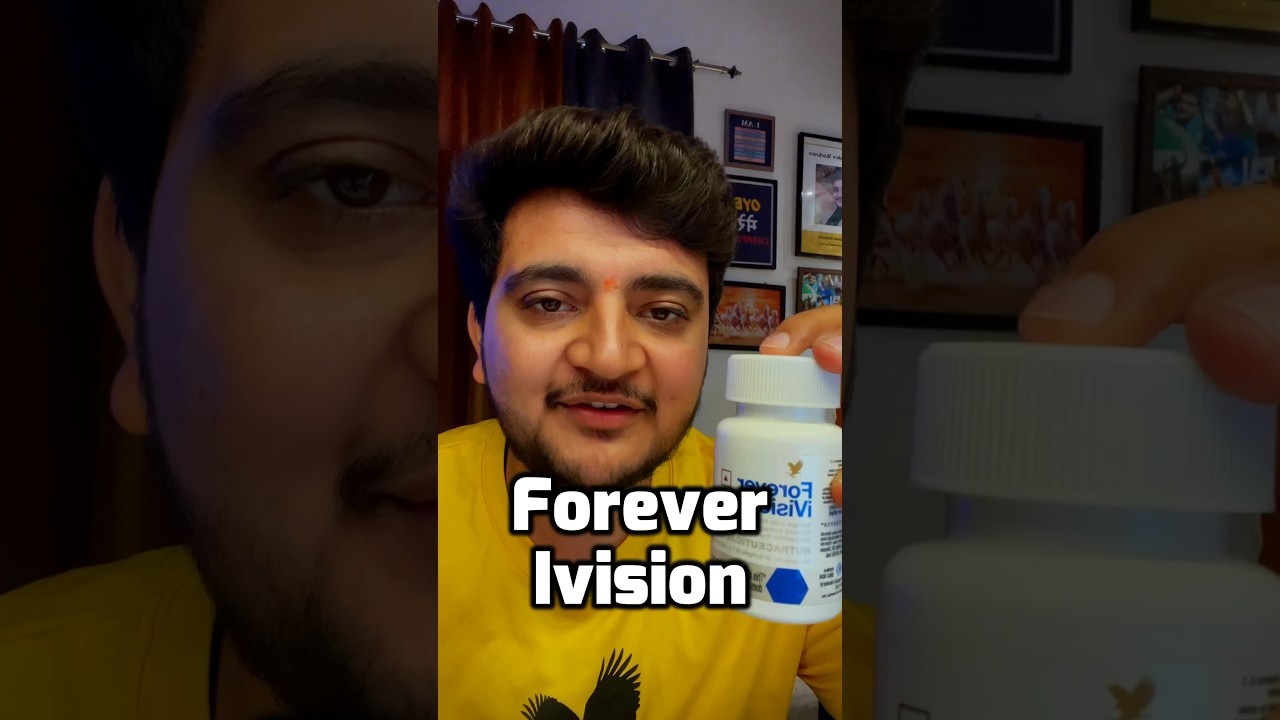The concept of a revolutionary vision loss remedy gracing the stage of Shark Tank is undoubtedly captivating. As we approach 2025, advancements in medical technology and biotechnology hold the promise of transformative treatments for various eye conditions. This article explores the potential for innovative solutions that could significantly improve, and perhaps even restore, eyesight. While “perfect eyesight” may be an ambitious term, the strides being made in the field are genuinely exciting, and this article will examine the most promising avenues.
Why Vision Loss Matters
Vision loss affects millions globally, impacting their quality of life, independence, and ability to perform everyday tasks. Conditions like macular degeneration, glaucoma, cataracts, and diabetic retinopathy contribute significantly to visual impairment. Developing effective treatments for these conditions is not just about improving eyesight, but about enhancing the overall well-being of individuals and reducing the socioeconomic burden associated with vision loss.
| Condition | Prevalence (Approximate) | Impact |
|---|---|---|
| Macular Degeneration | 196 million worldwide | Central vision loss, affecting reading and facial recognition. |
| Glaucoma | 76 million worldwide | Peripheral vision loss, potentially leading to blindness. |
| Cataracts | Leading cause of blindness worldwide | Clouding of the lens, causing blurry vision. |
| Diabetic Retinopathy | Increasing with diabetes | Damage to blood vessels in the retina, leading to vision loss. |
Potential Game-Changers in Vision Care: What Could “Shark Tank” See?
While a singular “perfect eyesight” remedy is unlikely, several cutting-edge areas of research offer the possibility of significant advancements. Here’s a look at what types of innovative vision treatments might capture the attention of the Sharks:
- Gene Therapy: This approach involves introducing genetic material into cells to correct defects that cause vision loss. For example, gene therapy has shown promise in treating inherited retinal diseases like Leber congenital amaurosis (LCA). The technology could be featured, showing improved gene editing tools with less side effects.
- Stem Cell Therapy: Stem cells have the potential to replace damaged cells in the retina. Research is underway to develop stem cell-based therapies for macular degeneration and other retinal disorders. This field aims for improved delivery methods of stem cells, like injectable micro-scaffolds that guide cellular integration into the retina.
- Artificial Retinas: These electronic implants can restore some vision to people with severe retinal damage. Argus II is an example of an existing artificial retina, and future iterations promise higher resolution and improved functionality. Shark Tank could feature more flexible, biocompatible materials for these devices.
- Advanced Drug Delivery Systems: Novel methods of delivering drugs directly to the eye, such as sustained-release implants or nanoparticles, can improve the effectiveness and reduce the side effects of medications used to treat eye diseases. The development and integration of micro-pumps for continuous intraocular medication could gain popularity.
- AI-Driven Diagnostics and Personalized Treatment: Artificial intelligence is playing an increasingly important role in diagnosing eye diseases and tailoring treatment plans to individual patients. AI could feature with apps capable of at-home monitoring of visual acuity.
Example: Gene Therapy for Leber Congenital Amaurosis (LCA)
LCA is a genetic eye disorder that causes severe vision loss in early childhood. Gene therapy has shown promising results in improving vision in some individuals with LCA by delivering a normal copy of the mutated gene to the retinal cells. This therapy involves a surgical procedure to inject the gene-carrying vector into the eye. While it doesn’t restore “perfect” vision, it can significantly improve visual function and quality of life.
Navigating the Reality: Realistic Expectations and Considerations
While the potential advancements are exciting, it’s crucial to approach the topic with realistic expectations. Several factors influence the success of vision loss remedies:
- Stage of the Disease: Treatments are generally more effective in the early stages of vision loss.
- Underlying Cause: The specific cause of vision loss affects the type of treatment that is most likely to be effective.
- Individual Response: People respond differently to treatments, and there is no guarantee of success.
- Accessibility and Cost: Cutting-edge treatments can be expensive and may not be readily accessible to everyone.
- Regulations and Approval: The FDA approval process for new medical treatments can be lengthy and rigorous.
Key Considerations:
- Consult with Eye Care Professionals: Always seek guidance from qualified ophthalmologists or optometrists regarding vision loss treatments.
- Be Wary of Unsubstantiated Claims: Be skeptical of products or treatments that promise miraculous cures or “perfect eyesight” without scientific evidence.
- Stay Informed: Keep abreast of the latest research and advancements in vision care, but rely on reputable sources of information.

The Future is Bright: Hope for Improved Eyesight in 2025 and Beyond
While the quest for “perfect eyesight” remains a lofty goal, the field of vision care is rapidly evolving. Innovations in gene therapy, stem cell therapy, artificial retinas, and drug delivery systems hold the promise of significantly improving vision and quality of life for millions of people affected by vision loss. Although we should remain cautious about miracle claims, the prospects for new and enhanced treatments are undeniably exciting. It is crucial to stay informed and consult with eye care professionals to explore the best options for managing and treating vision loss.